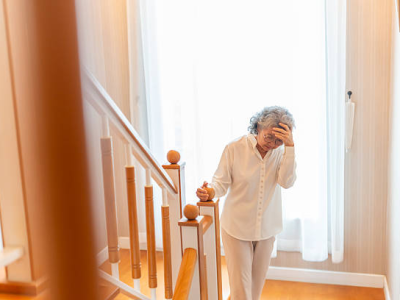
Among tested household members (HHM) of Ebola patients in Uganda, 38% also contracted the disease, with adults having direct contact with the patient at higher risk and those with access to a handwashing facility at lower risk, finds a study posted yesterday in BMC Infectious Diseases.
Uganda National Institute of Public Health researchers retrospectively studied disease transmission in households with an Ebola patient in January 2023, after a 2022 outbreak caused by the Sudan virus (SUDV), mainly affecting the Mubende and Kassanda districts.
The team tested 44 of the 76 HHM of the index patient (58%) less than 2 weeks after their last exposure to the patient and administered a risk-factor questionnaire to the index patient or another adult HHM.
Case households were defined as those housing a symptomatic index patient for at least 24 hours and one or more secondary patients with symptom onset less than 2 weeks after their last contact with the index patient. Control households included an index patient and other HHM but no secondary infections.
Outbreaks of Ebola, which can cause severe bleeding, organ failure, and death, usually occur after contact with the body fluids or meat of infected non-human primates or fruit bats. Person-to-person spread occurs through direct contact with the fluids or tissues of an infected, symptomatic person.
Providing patient care, sharing bed raise risk
Twenty-nine of the 44 HHM tested for SUDV (38%) were also infected. Risk factors included being an adult (adjusted risk ratio [aRR], 1.9) and having direct or indirect interaction with the index patient (aRR, 3.2).
Risk assessments during contact tracing may provide evidence to justify closer monitoring of some HHM.
Direct contact, especially providing nursing care for or sleeping in the same space as the index patient, increased the odds of infection. Having access to a handwashing facility lowered the risk (aRR, 0.52).
"Risk assessments during contact tracing may provide evidence to justify closer monitoring of some HHM," the study authors concluded. "Health messaging should highlight the risk of sharing sleeping spaces and providing nursing care for persons with Ebola disease symptoms and emphasize hand hygiene to aid early case identification and reduce transmission."















